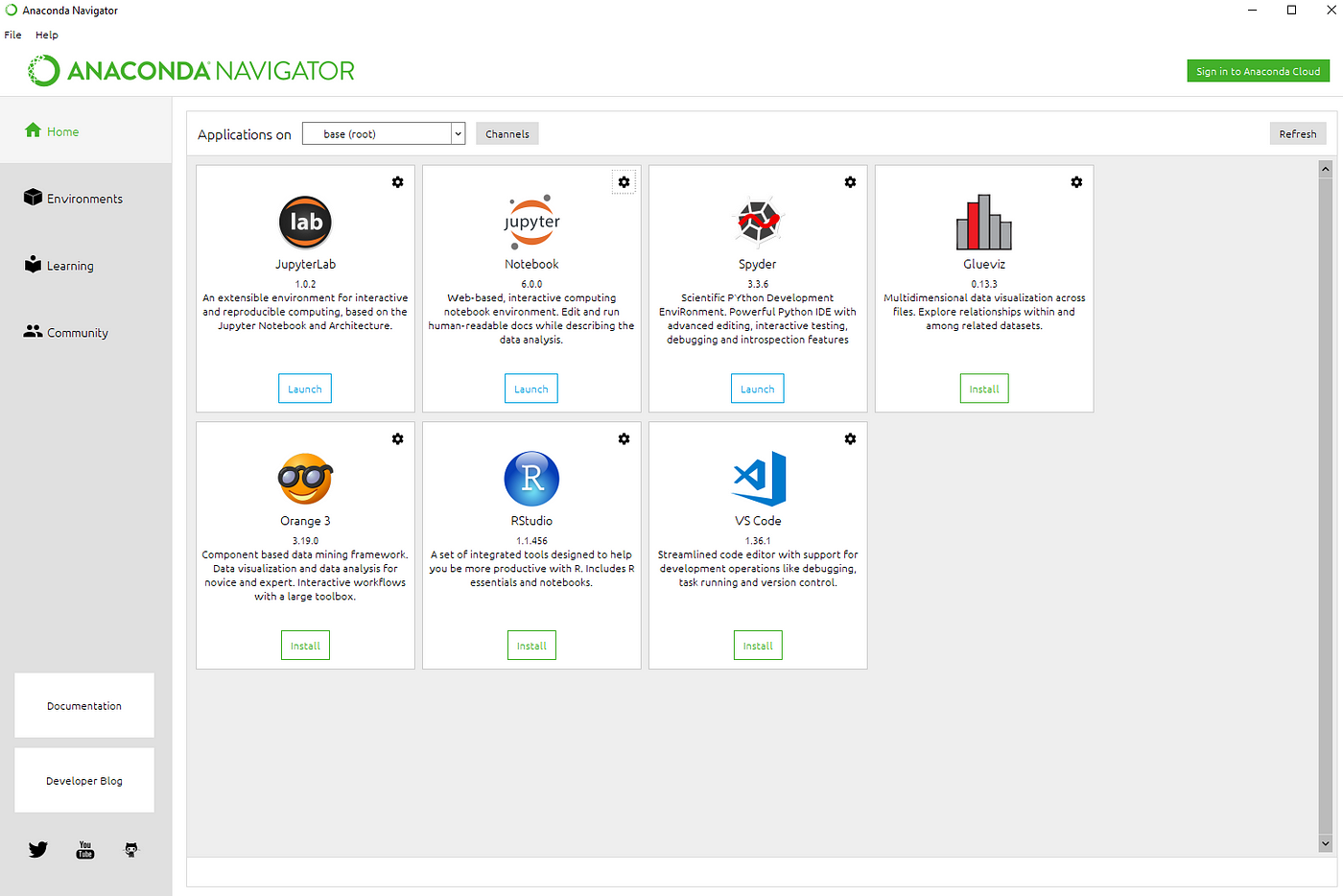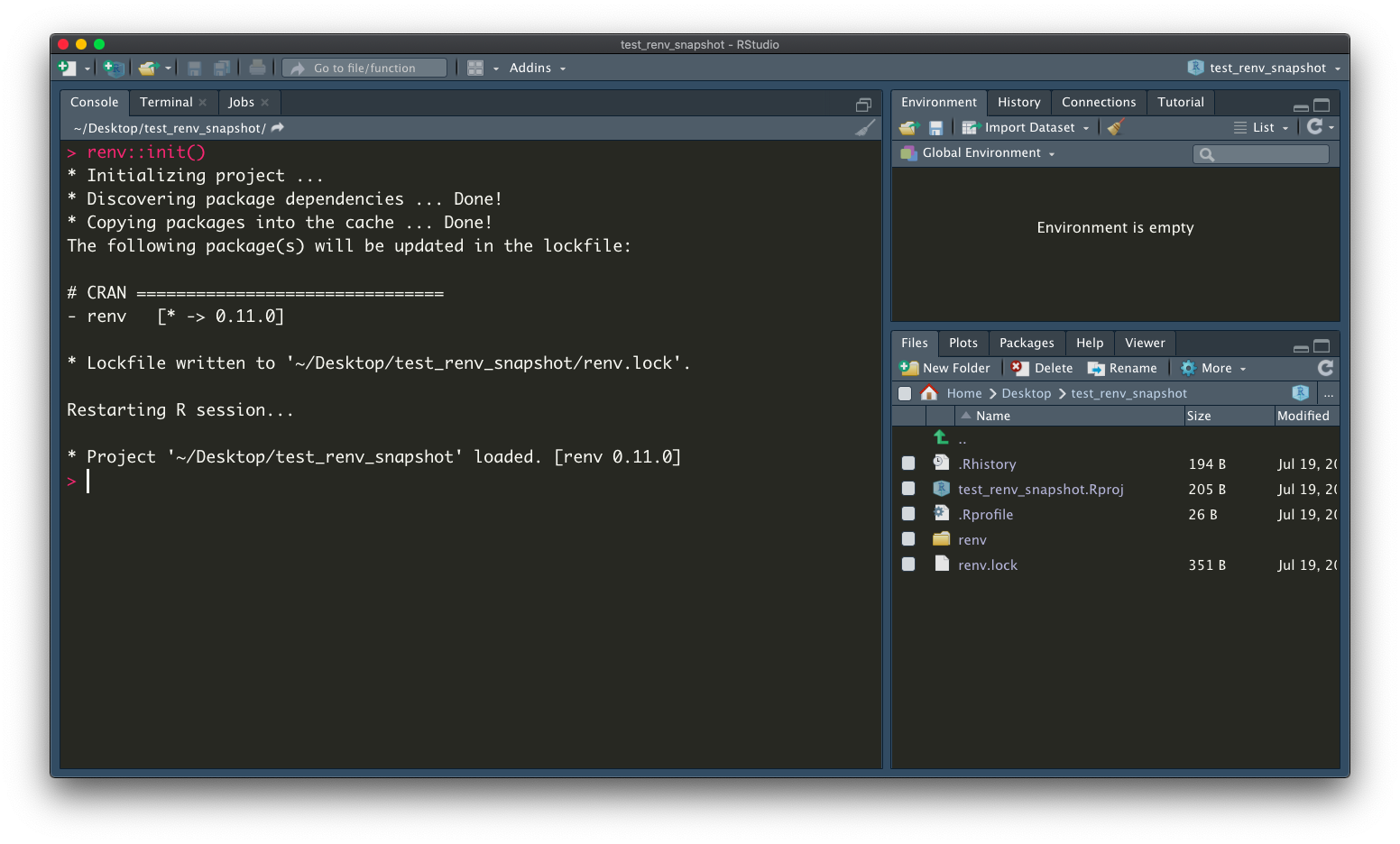
Our problem is given an image from /left, can we find its most-similar image in /right? (without looking at the filename of course). Images that share the same filename are perceptually similar. The dataset contains 6,016 image-pairs stored in /left and /right. Let's use DocArray and the Totally Looks Like dataset to build a simple meme image search. You have better embeddings? Of course you do! We look forward to seeing your results! A complete workflow of visual search Here the feature embedding is done by simple feature hashing and distance metric is Jaccard distance. 'She perfectly remembered everything that had passed in', '_little_, she might have fancied too _much_.', Read more on why should you use DocArray and comparison to alternatives. Built-in data validation and JSON Schema (OpenAPI) help you build reliable webservices. 🚡 Data in transit: optimized for network communication, ready-to-wire at anytime with fast and compressed serialization in Protobuf, bytes, base64, JSON, CSV, DataFrame.

Boolean use pip for package installation This. Ignored when attempting to install with a Python virtual environment. See Finding Conda and condabinary() for more details.

🧑🔬 Data science powerhouse: greatly accelerate data scientists' work on embedding, matching, visualizing, evaluating via Torch/TensorFlow/ONNX/PaddlePaddle on CPU/GPU. Use 'auto' to allow reticulate to automatically find an appropriate conda binary. Intuitive idioms and type annotation simplify the code you write.

#Conda install package jsoncsv how to#
If you know how to Python, you know how to DocArray. 🐍 Pythonic experience: designed to be as easy as a Python list. 🌌 Rich data types: super-expressive data structure for representing complicated/mixed/nested text, image, video, audio, 3D mesh data. It allows deep-learning engineers to efficiently process, embed, search, recommend, store, and transfer the data with a Pythonic API. DocArray is a library for nested, unstructured data in transit, including text, image, audio, video, 3D mesh, etc.


 0 kommentar(er)
0 kommentar(er)
